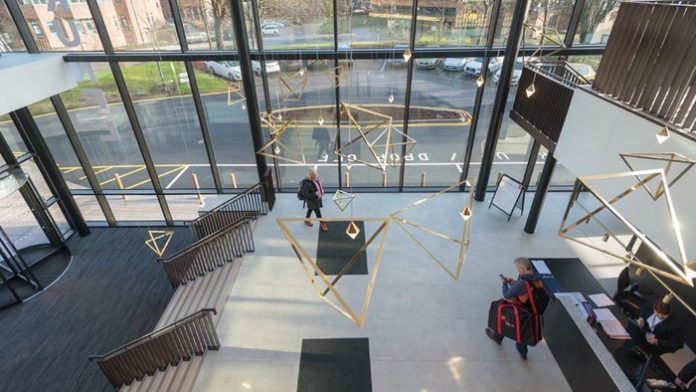Ben Bolton, Director, Office Agency / Industrial Agency at commercial property advisors Cooke & Arkwright writes:
Overall the Welsh commercial property market has performed strongly in 2018 albeit sector performance has varied. Although the first three quarters saw overall investment transactions fall, much of this was due to lack of available stock. Sentiment remains buoyant and a succession of high value deals underlines Wales’ ability to attract and sustain institutional investors. There is some caution demonstrated through a shift to perceived areas of greater security outside regional markets until wider macro-economic influences settle.
The retail sector is experiencing well publicised and painful sector-wide restructuring. These high street woes are translating into increased demand for logistics and distribution hubs to cater for online shopping and industrial is investors’ new favourite sector. The removal of the Prince of Wales (Severn) Bridge tolls will be important to industrial occupiers in 2019, but further infrastructure improvements in South East Wales will be required before we see much needed speculative build become a reality here. In the office sector, constrained availability rather than a cooling market has seen a tailing off of take-up in 2018. This follows three years of record activity and values thanks to significant and very well-timed schemes in Cardiff city centre at Central Square and Capital Quarter, where rents have reached £25.
With office availability in Cardiff city centre under pressure, not least from successive years of student residential demand, secondary stock has been given a shake-up. Investment in previously unloved older buildings has seen a number of re-vamps unveiled with new entrances, receptions and upgraded facilities making a big difference. Several of these older buildings have since moved rents on considerably and had great success in retaining and attracting new clients.
The focus of attention on the city centre has all but obscured a steady increase in take-up of regional offices and business parks. While this has gone almost unnoticed, indicators point to a continuation of this trend. Full analysis of the final 2018 figures should reveal a significant shift to out-of-town activity and we will be reviewing this with interest. While rents have remained remarkably flat, we believe this sector should make up the ground it lost over ten years.
Away from Cardiff rents vary widely across Wales, dropping to £16 in Newport, £14.50 in Swansea and £11 in Aberystwyth and Bangor. This range is inevitable given the regional demographics, but there are indications of opportunities to close the gap as the market shifts overall. We are experiencing strong demand in Mid and North Wales, typically from smaller occupiers. High quality new schemes in Carmarthen and Anglesey could pave the way for rental increases as local markets react to the improved service offering.
Rents and values in the favoured industrial sector meanwhile have risen across the board. There is a clear tension between supply and demand which has produced a dip in take-up. A peak in activity in 2014 was helped by availability of surplus stock coming out of the preceding recessionary years. Since then, despite this pent up demand, rental and capital values in Wales have not yet risen high enough to make speculative development viable. Rents need to achieve around £8 per sq ft to make a real difference.
This may not be so far off. With strong competition for good quality units and many unable to secure what they need, demand remains strong. Everyone’s eyes are on the 2019, the impact the removal of the tolls will have, and hoped-for significant infrastructure announcements.















